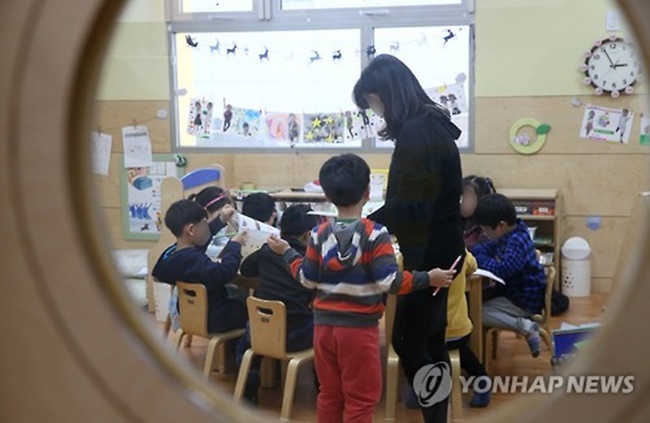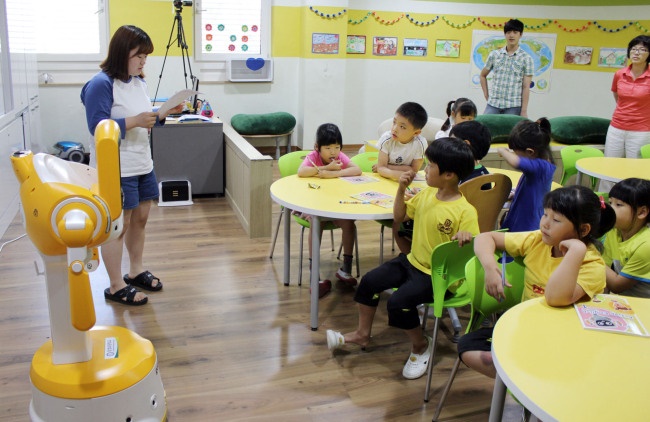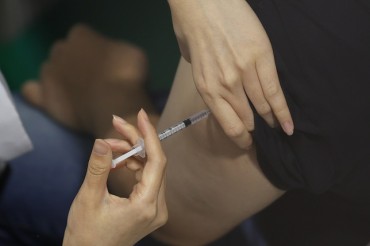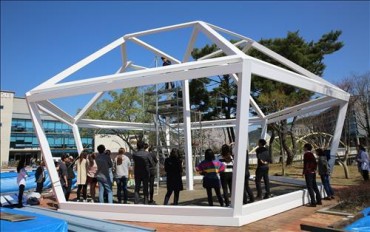
According to data released on Tuesday by the Gyeonggi Provincial Office and the Gyeonggi Provincial Office of Education, the number of child care centers in the region stood at 11,959 as of June, down 9 percent from 2015 when there were 13,136. (Image: Yonhap)
SEOUL, Jul. 5 (Korea Bizwire) — As the birth rate in South Korea has plummeted to a record low level, the number of privately-owned kindergartens closing due to a shortage of students is on the rise.
In the past two years, the number of family child care centers, privately owned small-scale kindergartens with fewer than 20 children enrolled, which typically occupy an apartment on the first floor and cater to households living in the same apartment block, dropped nearly 14 percent.
The overall number of privately-owned child care facilities in the country also declined over 4 percent.
According to data released on Tuesday by the Gyeonggi Provincial Office and the Gyeonggi Provincial Office of Education, the number of child care centers in the region stood at 11,959 as of June, down 9 percent from 2015 when there were 13,136.
Over the same period, the number of state and publicly-owned child care centers increased by 9.2 percent, while those run by organizations and corporations also enjoyed a slight increase.
Privately-owned child care facilities and family child care centers were dealt the heaviest blow from the country’s declining birth rates, however.
The number of family child care centers as of last month was estimated at 6,952, which was down 13.8 percent from 8,069 in March 2015. The number of privately-owned child care facilities had also decreased by 4.2 percent over the same period, as of early March.
A similar trend was observed when it came to the number of students, as 9.7 percent more students were registered at state and publicly-owned child care facilities in the past two years, while the number fell by 1.6 percent for family child care centers.
Local experts in the child care sector believe some 40 child care facilities will be built this year in the region.
Although the number of child care centers in Gyeonggi Province has been increasing steadily since 2015, the decline in the number of family child care centers is expected to continue as recent government statistics show the number of children and infants below five years of age dropped by more than 7,000 year-on-year as of March of this year.

As the birth rate in South Korea has plummeted to a record low level, the number of privately-owned kindergartens closing due to a shortage of students is on the rise. (Image: Yonhap)
Another contributing factor behind the slow demise of family child care centers is a strong preference for state and publicly-owned child care centers and kindergartens among parents.
“As more parents prefer public childcare and education, the number of public childcare facilities is expected to grow for some time while it seems inevitable that we’ll see more and more privately-owned and family child care facilities close due to falling birth rates,” a municipal government official said.
Ashley Song (ashley@koreabizwire.com)






